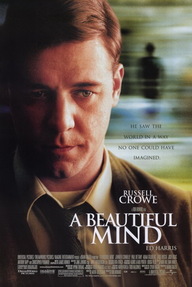 A Beautiful Mind is a biographical drama film, based on the life oh John Nash a Nobel Prize winner in Economics. the film effectively portrays how John Nash lives with a mental disease schizophrenia. The film is successful in showing how a person living with a mental illness is not limited, but in fact is actually a genius. John Nash suffers all the symptoms of schizophrenia, including auditory and visual hallucinations, paranoia, delusional thinking and a distorted perception of reality. Through the movie we see how these symptoms all have an effect on John Nash's daily life. His relationships with his family, friends and colleagues are all disrupted by the intrusiveness of his illness, mainly because he is perceived as being so smart and these behaviours are incongruent with that.
The movie is based on the life of John Nash, and even though it is a good documentation, there are some parts of the film that distort Nash's true story. In the movie it is shown that Nash has hallucinations, in reality he never did. Also in the movie they show that his schizophrenia was controlled through medication, in truth Nash was able to over come all traces of his illness without any medication. Thus the movie is also another way of showing that modern psychiatrists are wrong when declaring schizophrenia to be a brain disease, because many people with this illness do not necessarily deteriorate without medication. The movie is thus an example of how psychiatry's delusions about schizophrenia continue to spread, unchallenged through main stream culture. At the same time it gives insight and sends a positive message, that mental illnesses are not restrictive, they do not undermine the work of people, and that it is possible to have a mental illness but still carve a name for yourself in the world.
For my research project I am going to look into the professional benefits of hiring people with disabilities. As I aspire to be a social entrepreneur, and run my own business this would be an extremely relevant topic. Hiring employees is a very tedious job, it is a long process involving numerous stages, and hiring someone with a disability becomes even more strenuous and complex as there are additional things you need to keep in mind. People seem to have a wrong notion of hiring disabled people, as they think there are more disadvantages to do so. But there is sufficient research done showing the advantages of hiring disabled people. I want to focus on this research and help advocate hiring disabled people. It is important for entrepreneurs to know that there is a wide range of people who are extremely capable of doing work, even though they may have mental or physical disabilities. My research will focus on the advantages for big companies as well as smaller sole trader businesses. But because there are always two sides to a coin, I will also include the possible difficulties of hiring disabled people in a work place, both for the disabled person and the business. In my research I want to be able to provide a very balanced perspective, as this is a very sensitive but prevailing issue. Discrimination is also an extremely relevant topic, and I will be talking about the laws and other ways entrepreneurs could prevent discrimination and work towards having a safer environment for disabled people to work in.
My current career aspiration is to be an entrepreneur, to give back to society in any way I can. My two interests have always been to first help others and second to run my own business. Becoming an entrepreneur is a very complex process as there are a large number of things one needs to keep in mind; one of these is how to interact with all kinds of people, including those with different types of disabilities. This is one of the ways entrepreneurs could need to interact with disabled people, during this interaction it is important that the entrepreneur knows exactly how to talk to them, how to understand them and hence find the best method of reaching that target audience. Entrepreneurs will need to run their office, and thus they would need additional employees. There is a possibility that some of these employees are disabled. It would hence be necessary for the entrepreneur to be familiar with the laws regarding employing disabled people. In my opinion it is most important to be familiar with the laws against discrimination, and how to make the workplace accessible. For the benefit of my career I plan on majoring in psychology, as it would allow be to understand people, how they think, feel, perceive and what they actually want. This will also make me more capable of not only respecting disabled people, but also having a clearer picture of what they want. There are numerous ways through which entrepreneurs would have to interact with disabled people, making it important for them to understand how to talk to them in the most appropriate way.
| The Emory Psychology and Interdisciplinary Sciences building in located right at the bottom of a steep hill, which mostly what makes the building inaccessible for disabled people. One of the entrances in marked as ‘handicap accessible’, but it is not the most accessible entrance for handicapped people. To reach the entrance itself one must either walk up a flight of stairs or walk down a flight of stairs, there is also no ramp for wheelchair users to use. Even though the doors of the entrance are accessible, as they are double doors with a large, low handle easy for disabled people to use, the signage itself is not very accessible. Firstly because there are a flight of stairs one must use to reach the doors we are bound to question if disabled people will even use this entrance, hence making the sign unnecessary. The sign is actually a button, which automatically opens the doors of the entrance, but the button is located on the side wall of the doors, and not directly next to it, thus it is not very eye catching or convenient. There are other entrances to the PAIS Building, which are actually handicap accessible, as they are easy to reach and the sign is more visually attracting.
| |
Bathrooms are a necessity in every body’s lives, and thus having accessible bathrooms is a requirement. For this assignment I decided to evaluate the unisex ‘handicapped accessible’ bathroom in my dorm. As shown in the picture below the sign on the outside says that the bathroom is handicapped accessible, but when you enter it one might question the accessibility. The bathroom itself contains of a toilet, a sink and a shower area. Fortunately the door has a width of 35.8 inches which is ADA approved, but the door itself is relatively heavy and might be hard for a disabled person to actually open it. The sink is too high for someone in a wheel chair to access. It would be very hard for them to actually reach up and wash their hands. The napkins are also not very easy to get if a wheelchair user is using the bathroom. The toilet is certainly accessible, as it is low and has hand railings on the side that would provide support for a disabled person if they were using it. This particular bathroom also has a shower area, which is a tub. In my opinion it would not be convenient for a wheelchair user or even someone with eyesight problems to enter a tub and shower. There are railings that would provide support, but entering the tub itself would be difficult. Another problem is that the distance between the toilet and the tub is relatively big, and someone who might have leg problems may find it inconvenient to use this bathroom, but the bathroom does have a lot of empty space, which would be very helpful to wheelchair users. This bathroom proves to be accessible but also inaccessible, but overall it seems as though there are more problems with it to be labeled a ‘handicapped accessible’ bathroom.
In this blog post I am looking at the route from Longstreet-Means Hall to a famous hidden park on campus called Lullwater Park. The park is a very common place for Emory students to visit for jogs, walks and even to have picnics. Mr. James Wagner, the President of Emory University lives in a house inside the park. Lullwater is a popular place because it is peaceful and surrounded by nature. When I began assessing the route from Longstreet-Means to the park I realized there was no accessible route especially for wheelchair users, and also those who are blind. When you leave Longstreet-Means, there is a small downhill road, which then takes you to the main road, which is at first steep, and when you reach the crossing it becomes flat. There are two crossings one encounter, which are both heavily, busy with traffic. This would make it difficult and even risky for disabled people to go through. Even if one is able to make it through the crossings, and reach the entrance of the park that is not the end. Fortunately the gate of the park is very wide and easy for anyone to enter, but to downside is that the path inside is a hill, hence if someone in a wheelchair is going down the road and looses balance there will be an unfortunate outcome. I tested the path myself, and I realized even the insides of the park is very dangerous; the road tends to be rocky and uneven with a large number of uphill and downhill slopes. I tried finding an easy accessible path, that all people could use, but unfortunately I could not. Does this show discrimination against disabled people? Are people trying to exclude the abled from the disabled, by making it difficult for them to enjoy a relaxing day in the park?
Longstreet – Means is the largest freshmen dorm at Emory University. There are more than 300 freshman students who live here, thus building a community of their own. Initially Longstreet and Means were two different dorms, which were bought together during the 2010 renovations. Due to this reason there are numerous entrances to enter the building, there is the main door and three other back entrances. Even though it is a back entrance many people use it because it is closer to their dorm rooms, and hence more convenient. In analyzing one of the three back entrances I was able to see how find numerous ways it could be inaccessible to disabled people, especially chair users. The universal design for a door to be fully accessible even by chair users is 36”, when I measured the opening of the doorway was only 34” wide and thus everyone would not be able to use this entrance, even though it is more convenient. Another issue with the door is that it is extremely heavy, even for a completely able person I sometimes find it difficult to push open the door, so for a disabled person the task would probably be even harder. There are two mats placed one is inside the building next to the door and the other is outside. Both these mat maybe an obstacle to disabled people, as they have an uneven surface and the edges are high, making it difficult for chair users to get off the mat. These inaccessible routes to enter the building were not deliberately made; nut nonetheless should be fixed, to ensure equal treatment of disabled people in the community.
In this visual presentation of my word 'Mentally Challenged', I chose to focus on the social implications of the using the phrase 'mentally challenged/retarded'. The Prezi Presentation, talks about the information I gathered from corpus.byu.edu, which shows a graph of the usage of the phrase through the years. I thus go onto talking about what society thinks of the word, and why there are such fluctuations in using 'mentally challenged'. My goal was to show societies point of view, hence I talk about Rosa's Law and the R-Word Campaign. Both of these tell us that society does not appreciate using the word 'retarded' to describe people. I also included my personal opinion in the presentation, as this is an issue i feel strongly about. There are questions posed in the presentation that one can think about - Is 'mentally retarded' a bad word?. In conclusion, the aim of this presentation was to provide insight on the usage of 'mentally challenged'.
 | ria_biyani_-_glossary_draft_1.docx | | File Size: | 124 kb | | File Type: | docx |
Download File
The term mentally challenged only began being used after the 1980’s, before that nobody ever used the phrase to describe a disabled person. The term was used to define those who are intellectually disabled. After the 1990’s there was a large spike in the frequency of using ‘mentally challenged’ to describe people with numerous disabilities, including those with development disabilities. The phrase was most used through 2005 – 2009, and in 2010 there was a major downturn, and the frequency of people using mentally challenged to describe people reduced radically. The phrase was mainly used academically. Doctors and numerous other academic fellows used it to describe different types of disabled people. Magazines and newspapers when appropriate used ‘mentally challenged’ as a phrase in their articles, but the frequency used in magazines and newspapers was much lower that academically. The word ‘disabled’ is more widely used to describe people when compared to ‘mentally challenged’ because it has been there for a longer period of time and hence is more acceptable. http://corpus.byu.eduhttp://books.google.com/ngrams
|

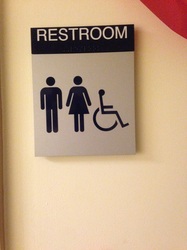
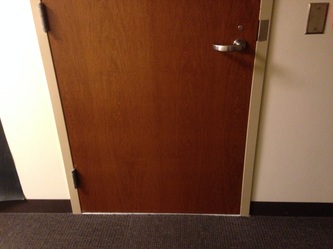
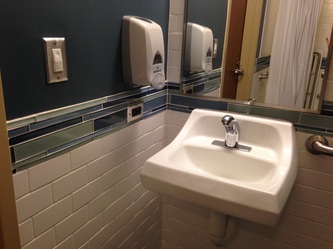
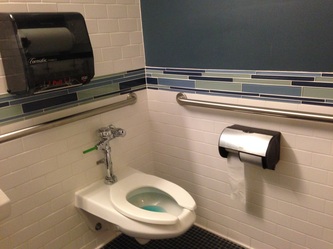

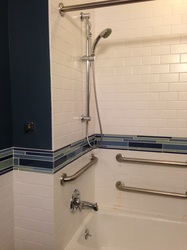
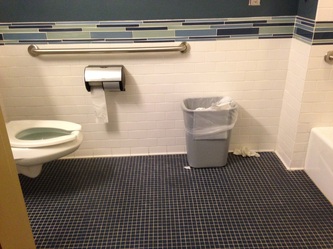
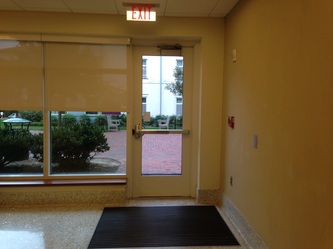
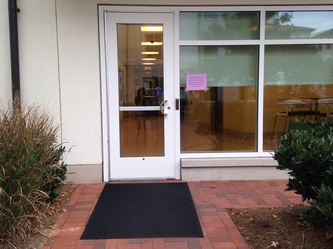
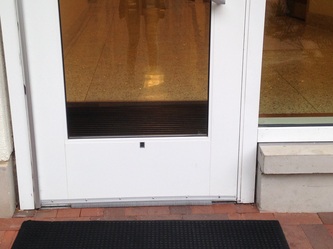
 RSS Feed
RSS Feed